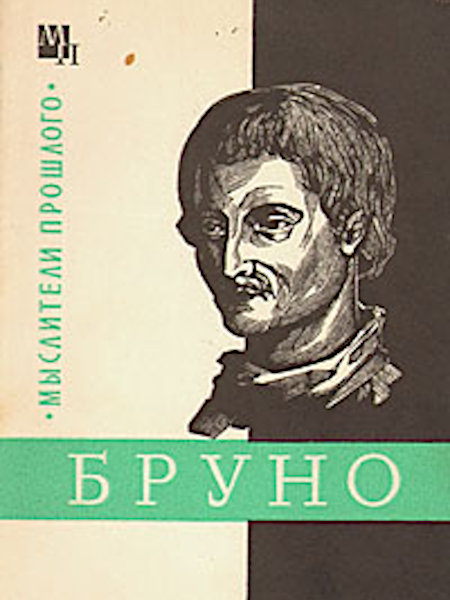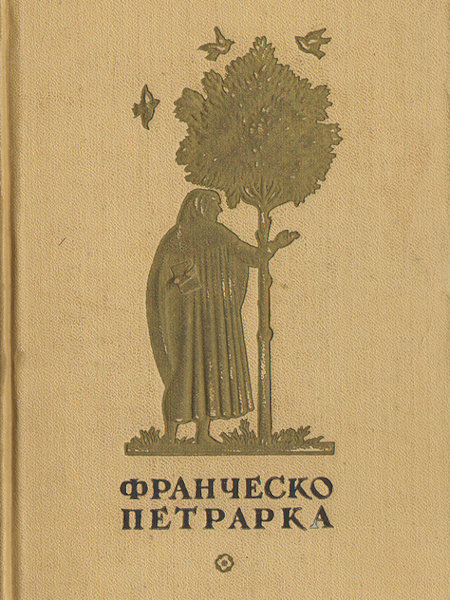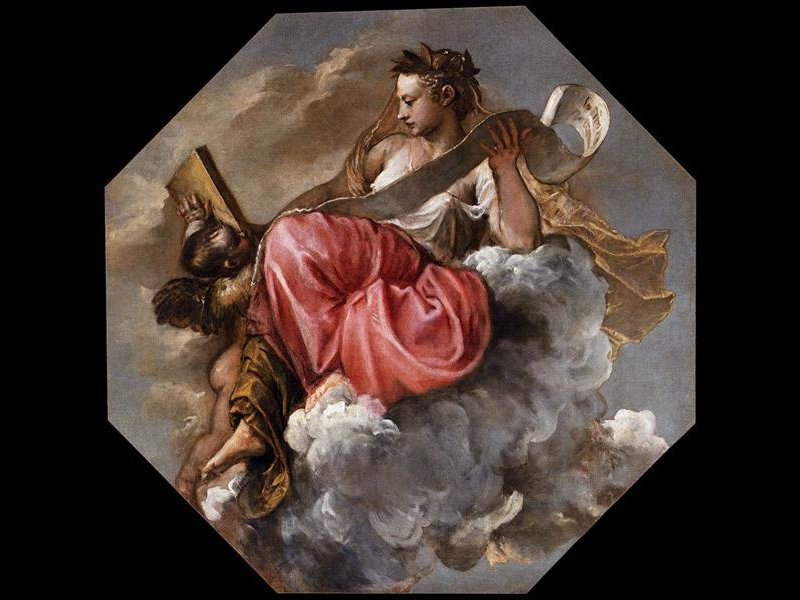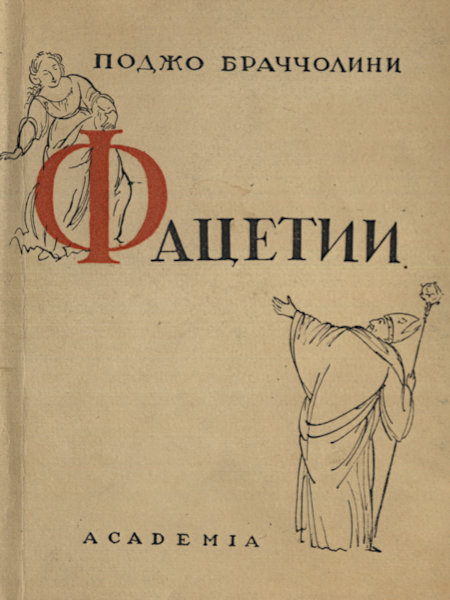Humanism Behind the Iron Curtain
Italian Renaissance Studies in the Soviet Union
About
The project RENAISSANCE USSR aims to examine the Italian Renaissance scholarship in the Soviet Union placed within the broader context of the development of Western historiography of Renaissance in the twentieth century.
The project focuses on three main research questions:
- why and how the Italian Renaissance was studied in the Soviet Union;
- what was the contribution of the Soviet scholars to the field on the international level and how they reshaped understanding of Renaissance humanism;
- how the Soviet scholars, whose financial opportunities and academic mobility were significantly limited, participated in the international academic networks.
This website was created to inform scholars and the general public about the research and outreach activities within the framework of the project RENAISSANCE USSR as well as to promote further interdisciplinary discussions among scholars of different academic and cultural backgrounds on history of historiography in comparative and global perspective.
Project
According to recent publications, there is a continuing scholarly interest not only in the study of the Italian Renaissance, but also in the history of its historiography in Western Europe and North America.
In the twentieth century, the rapid development of Renaissance studies took place against the background of political catastrophes, which left deep marks on the fates and work of many prominent scholars in the field. A great number of essential contributions to the study of the Italian Renaissance have been made, among others, by German exile intellectuals, who were forced to escape Europe in the 1930-40s due to the Nazi persecution and settle in the United States.
In recent decades, contemporary historians more and more often refer to the biographies and archival papers of Paul Oskar Kristeller and Hans Baron, Felix Gilbert and Erwin Panofsky seeking to understand how the scholarly work of these prominent intellectuals, both in its content and method, was impacted by their experience of exile and life in emigration.
Italian Renaissance history and culture have been not less enthusiastically studied by the Soviet scholars, who were destined to live and work under the totalitarian regime. The fates of many of them, especially in the 1920-40s, were rather tragic: some had to emigrate to avoid the political repressions, and some were arrested and put in prison or banned from teaching.
Their contribution to the study of the Italian Renaissance, though being vast in its scales, but written mainly in Russian, is rarely referred to in Western publications. The language barrier and isolating politics, which prevailed in the Soviet Union for years, predictably reduced intellectual interchange between the Soviet and Western scholars resulting in the rise of mutual biases.
Archival findings, however, demonstrate that scholars from different political camps also possessed a mutual interest in each other’s work on the Renaissance that is reflected in the correspondences and memoirs from both sides. Studying these archival materials, bringing them to light, and, based on them, rethinking the scholarly networks and history of Renaissance historiography constitute one of the important goals of the project RENAISSANCE USSR.
Academic interest and admiration of the Italian Renaissance were present already among the educated public of nineteenth-century Imperial Russia. In those years, Russian historians, who published on Renaissance Italy, generally embraced the Burckhardtian line of interpretation of this remarkable epoch.
October Revolution of 1917 and the foundation of the Soviet Union in 1922 were marked by the dramatic ideological shift that essentially impacted historical writing. Marxism-Leninism now formed the core of the Soviet ideology, which scholars in the humanities and social sciences had to follow. Friedrich Engels’ admiration of the Italian Renaissance in "Dialektik der Natur" promoted the study of Renaissance humanism among the Soviet scholars, who viewed certain affinity between the ideas expressed by Renaissance thinkers (for instance, Campanella or Thomas More) and the Soviet communist ideology.
It is notable that, in the 1920-30s, despite the tough economic situation and political repressions, the publishing house “Academia” (1921-1937) issued a series of excellent new translations of the Renaissance texts written by among others, Machiavelli, Guicciardini, Politian, Bracciolini, Boccaccio and other Italian thinkers.
What was the motivation for publishing these books and who was supposed to read them in the years of severe political turmoil and poverty?

In the next several decades, Soviet scholars, though they had rather limited access to foreign books and Renaissance manuscripts, published a great number of monographic studies and articles on Renaissance humanism, philosophy, history, and art. Besides publications aimed at professional scholars, there were also books on Renaissance written for the general public with an educational purpose. The development of Renaissance studies in the Soviet Union had its inner dynamics and was characterized by the pluralism of opinions despite being heavily impacted by Marxism.
Soviet Renaissance scholarship was studied almost exclusively by the Soviet scholars themselves and their Russian successors, while remaining almost a blind spot for their Western colleagues. Western scholars, on the contrary, publish on the development of Renaissance studies in the West and predictably rarely refer to Soviet studies in the field. Today, when there is considerable historiography of the Renaissance accumulated in different countries, there is a need for its extensive study taking into account intellectual interchange between culturally and politically different academic communities.
Among the main outputs of the project RENAISSANCE USSR will be a monograph comprehensively addressing the Renaissance scholarship in the Soviet Union and viewing it as a valuable, self-sufficient, and largely underestimated (or not adequately evaluated) contribution to the study of the Italian Renaissance within the broader context of the development of Renaissance studies in the twentieth century. Among the important output of the project will be locating and bringing to light new historical data (archival materials) from the collections of personal papers of the Soviet, European, and American scholars of the Renaissance, which can be used for further studies in the field.
Sources
The research project is based on the published and archival sources. Published sources include works on Renaissance produced in Imperial Russia and the Soviet Union, Soviet translations of the Renaissance humanist texts, as well as publications on various aspects of the research project, which are, among others, importation of foreign books and academic mobility in USSR, Soviet legislation on higher education, science, and gender policy.
One of the objectives of the research RENAISSANCE USSR, which constitute the novelty of the project, is to study the professional relationships between major Soviet scholars of Renaissance and their Western colleagues basing on the archival materials acquired in Europe, Russia, and the United States. These materials include correspondences, memoirs, and autobiographies of the Soviet and Western scholars of Renaissance.
The intellectual exchange between Soviet and Western scholars in the studied field is rarely analyzed, but it could help us to better understand the historiography of Renaissance both in the Soviet Union and Western European countries viewing production of historiography as an outcome of joint efforts of scholars from different political and cultural communities.





